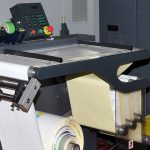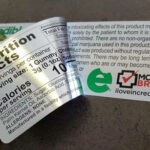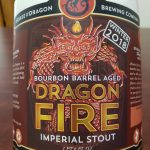Do your food product labels have all the basic elements of the FDA requirements?
There are a few things that belong on every food label, and we’re going to cover them in this post. We’re also going to show you how extended content labels can maximize your product labels‘ marketing power.
Why Improve Your Food Label Design?
Our culture is steadily trending toward a more health-conscious lifestyle. Consumers are searching for more natural products, organic materials, and eco-friendly solutions than ever before.
Your food packaging labels are no exception. Research on food labeling found that most consumers always read labels before purchasing. They’re looking at things like:
- Ingredients
- Sugar, fat, and sodium content
- Calorie counts and serving size
- Freshness
- Organic
- GMOs
If they can’t find what they’re looking for or don’t understand the label, they’ll buy something else. In that same study, researchers learned people are more willing to buy a product if it’s clearly labeled as ‘healthy.’
Labeling something ‘healthy’ or ‘good for you’ can be difficult. You have some limitations with messaging, but if you’re transparent and honest, the message on your labels can do wonders for your sales.
Include These 5 Basic Elements on Your Food Product Labels
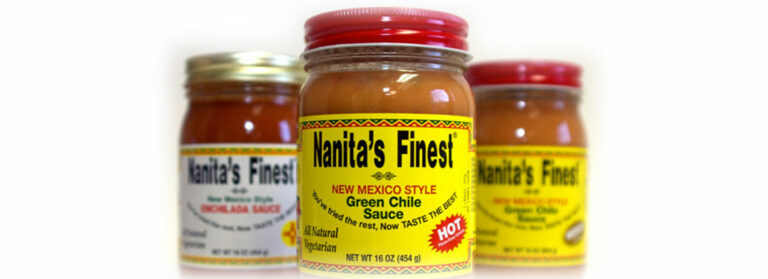
The Food and Drug Administration (FDA) has precise requirements for what to include on your food packaging labels. If you’re selling cannabis or CBD-infused products, you’ll want to check out this article on cannabis labeling requirements.
Here are the five elements that must go on every food label according to the FDA:
#1: Statement of Identity
Your product must be clearly identified on the package label. For example, a sauce jar label could have something like “Ethiopian Sauce. Made with 35 herbs and spices!”
You must also indicate the intended use. For instance, a honey jar could say, “Raw Organic Honey from the Rocky Mountains. Mix in your coffee or drizzle on top of your favorite toast.”
Most people know how to use the package’s food; however, suggestions are a great way to inspire a purchase.
#2: Net Weight
The net weight is the weight of the food or contents without packaging. Your net quantity statement needs to be on the front bottom 30% of your food label. It should also be on the outer package or box.
#3: Manufacturer Information
Include the name and address of the manufacturer, packer, or distributer. You’ll also need to include a qualifying phrase that describes your company’s relationship to the firm (‘distributed by,’ ‘manufactured for,’ etc.).
#4: Nutrition Facts
These next two are the big ones. They’re what your consumers are looking for while shopping.
Place the nutrition facts and ingredients on the same panel to make it easier for consumers to quickly find the information they need. The nutritional panel should include:
- Serving Size
- Nutrients
- Vitamins and Minerals
The information must be perfectly readable. The FDA recommends using well-contrasted text and background colors. Basically, print the panel in black or dark text on a white or light background.
Font size, hairlines, and type are essential here as well. Ensure your intended audience can easily read the facts.
Keep in mind the serving size requirements. You’ll need to ensure the serving size is the recommended portion by authorities for your specific food product. You can find this data on the FDA website and RACC (Reference Amount Customarily Consumed) values (click the lick to download).
#5: Ingredients
The ingredients can be challenging because everything that went into the food or liquid needs to be on the label. And they need to be listed in order of most to least in the amount used for the product.
Be sure to include any disclaimers about allergens, such as “this product was made in a facility that uses peanuts.”
The FDA Can Hold Your Product if the Label is Incorrect
That’s the biggest reason to include all the necessary elements on your food label.
Adding more space with a peel-back or booklet label will give you peace of mind while offering more value to your customers.
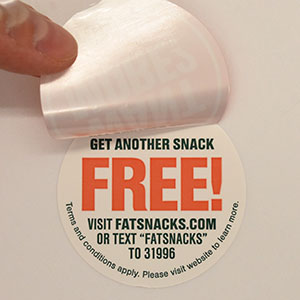
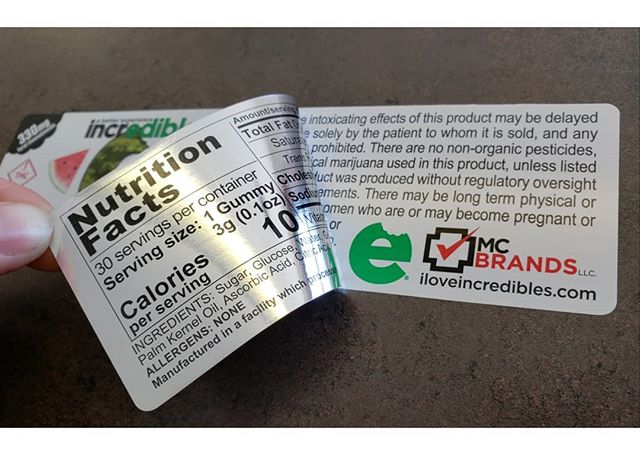

There’s a lot to consider when creating and printing a food label. Talk to our label experts about the various sizes, materials, and booklet options. We offer one-on-one support through your first order and every order after.
Find out if we have what you need to get the quality labels you want.


